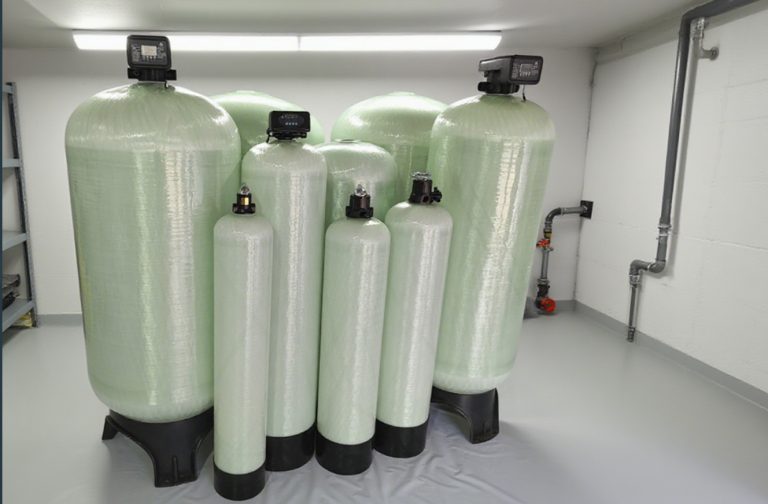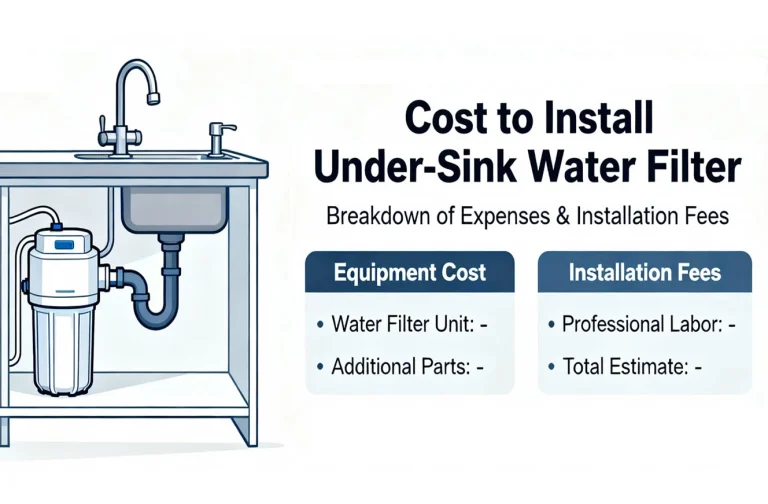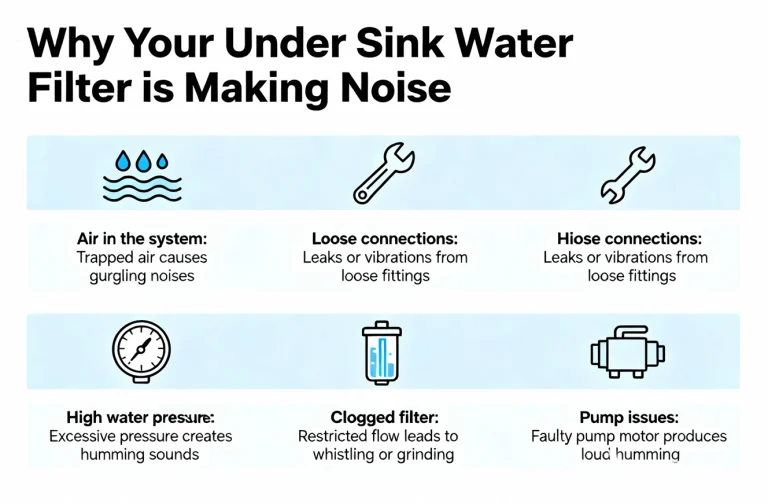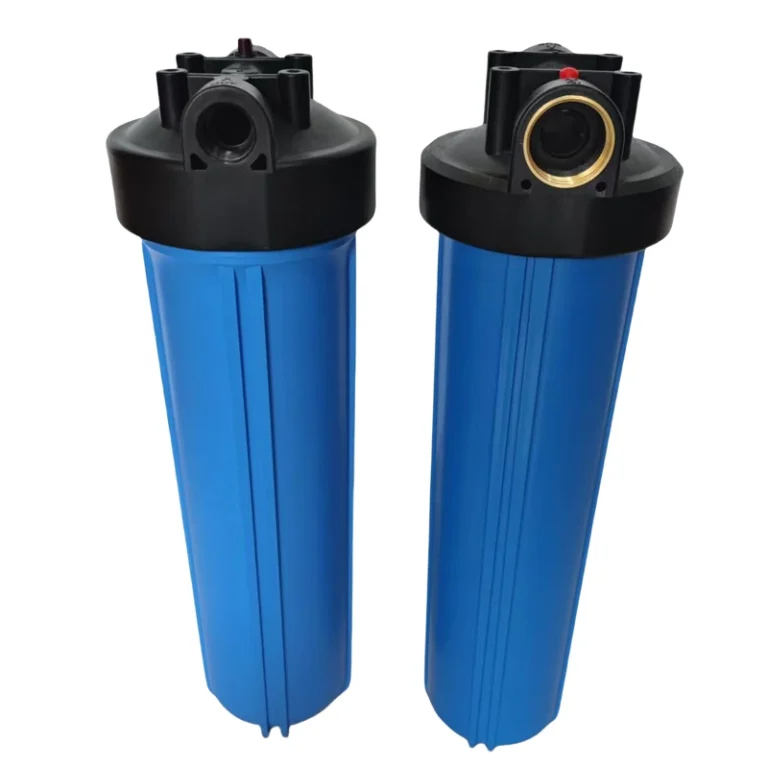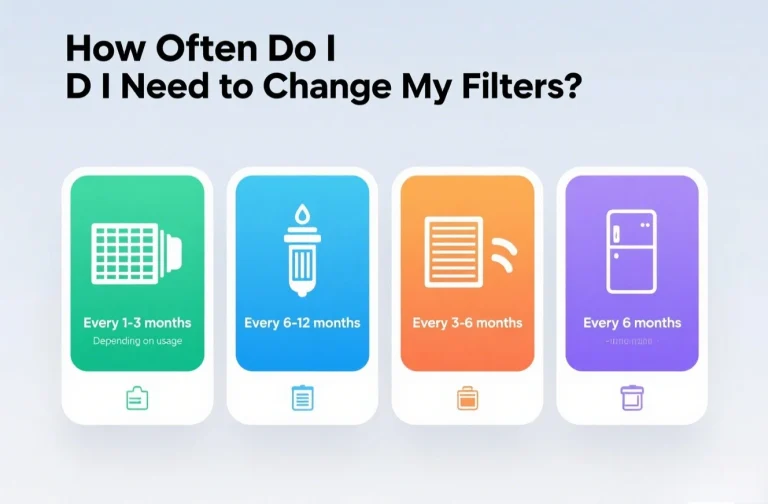BasideWT- Whole Home Water Filtration System & Replacement

How Much Is a Whole Home Water Filtration System?
Introduction
Clean water is essential for health, cooking, and household tasks. Many homes face issues like chlorine taste, sediment, or hard water. A whole home water filtration system provides filtered water at every tap. But the main question most homeowners ask is: how much is a whole home water filtration system? The answer depends on system type, size, installation, and maintenance. This guide will cover all costs in detail, helping you make an informed decision.
Understanding Whole Home Water Filtration Systems
What Is a Whole Home Filtration System?
A whole home filtration system, also known as a point-of-entry system, filters water before it enters your plumbing. This means all water—whether for drinking, bathing, or laundry—is treated. Systems may include sediment filters, carbon filters, softeners, or reverse osmosis units. Some homes need only one stage, while others require multi-stage systems. The type of system significantly affects cost, both upfront and long-term.
Why Install Whole Home Filtration?
Many people install these systems for health and comfort. Filtered water reduces chlorine, heavy metals, pesticides, and other impurities. It also protects appliances like dishwashers and washing machines from scale buildup. Softer, cleaner water improves hair, skin, and laundry quality. For families with children or sensitive health conditions, the system provides extra peace of mind. However, the benefits come at different price points depending on system complexity.
Factors Affecting the Cost
Type of Filtration System
The biggest factor in cost is the type of system. Basic sediment or carbon filters can start as low as $300. More advanced systems, like water softeners or UV purification, range from $1,000 to $3,000. Reverse osmosis whole home systems may cost $4,000 or more. Each type addresses different water quality issues, so testing your water first is important before investing.
Home Size and Water Usage
The size of your home and number of residents influence system cost. Larger households use more water, requiring bigger systems with higher flow rates. For example, a small home with two bathrooms may only need a $1,500 setup. A large property with multiple bathrooms and heavy use could need $5,000–$10,000 systems. Always match system capacity with your home’s demand.
Installation Costs
Installation adds significantly to overall cost. Professional installation may range from $500 to $3,000, depending on system complexity. Some systems require major plumbing changes, while others connect easily. DIY installation is possible for simpler filters, but most whole home systems need expert handling. Incorrect installation can cause leaks, reduced efficiency, or even system failure.
Ongoing Maintenance
Maintenance keeps systems working efficiently. Filter cartridges need replacement every 6–12 months, costing $50–$200 per year. Water softeners require salt, costing $100–$300 yearly. UV systems need new lamps, around $100 annually. Reverse osmosis membranes last 3–5 years but cost $150–$300 each. Long-term maintenance should always be factored into the system’s total cost of ownership.
Price Ranges of Different Systems
Basic Carbon Filtration Systems
Carbon filters are among the most affordable whole home systems. They remove chlorine, bad taste, and odors from municipal water. Basic setups cost between $300 and $1,000. Annual maintenance is low, usually $100–$150. These systems work well for city water but may not handle well water with heavy sediment or contaminants.
Water Softeners
Water softeners target calcium and magnesium, which cause hard water. Softened water improves plumbing lifespan and prevents scale buildup. Standard softeners cost $1,000–$3,000, with installation included. Salt refills add $100–$300 annually. Homes in hard water regions often see big savings on appliance repair and energy bills, making softeners cost-effective long term.
UV Purification Systems
UV systems use ultraviolet light to kill bacteria, viruses, and microorganisms. They are usually paired with pre-filters for best performance. Costs range from $800 to $2,000, plus $100 yearly lamp replacements. UV systems are vital for homes using well water, where bacterial contamination is more common.
Whole Home Reverse Osmosis Systems
Reverse osmosis (RO) provides the highest level of filtration, removing up to 99% of contaminants. These systems cost $4,000–$10,000, depending on home size and complexity. Maintenance includes membranes, filters, and pumps. They provide exceptional purity but also waste some water in the process. RO is best for homes with very poor water quality.
Additional Costs to Consider
Pre-Installation Water Testing
Before choosing a system, water testing is essential. A basic test kit costs $20–$50, while professional lab testing may cost $100–$300. This helps determine which contaminants are present, ensuring you select the right system. Skipping this step can lead to wasted money on the wrong equipment.
Plumbing and Electrical Work
Sometimes installation requires extra plumbing or electrical adjustments. For example, UV systems need electrical outlets, while water softeners may need drainage connections. These upgrades can add $200–$1,000 to installation costs. Older homes with outdated plumbing may face higher costs.
Long-Term Value and Savings
Health and Safety Benefits
The biggest value of whole home filtration is clean, safe water. It reduces exposure to harmful chemicals, heavy metals, and microbes. This can lower medical risks related to contaminated water. For families with infants, seniors, or immune-compromised individuals, the investment is especially valuable.
Protection for Appliances and Plumbing
Filtered water prevents scale buildup in pipes and appliances. Water heaters, washing machines, and dishwashers last longer with clean water. This reduces repair costs and extends lifespan. Over 10 years, savings can equal thousands of dollars.
Improved Home Value
Installing a whole home filtration system can increase property value. Buyers often view clean water access as a premium feature. It shows that the home has been upgraded with health and sustainability in mind. For areas with known water issues, this can be a strong selling point.


